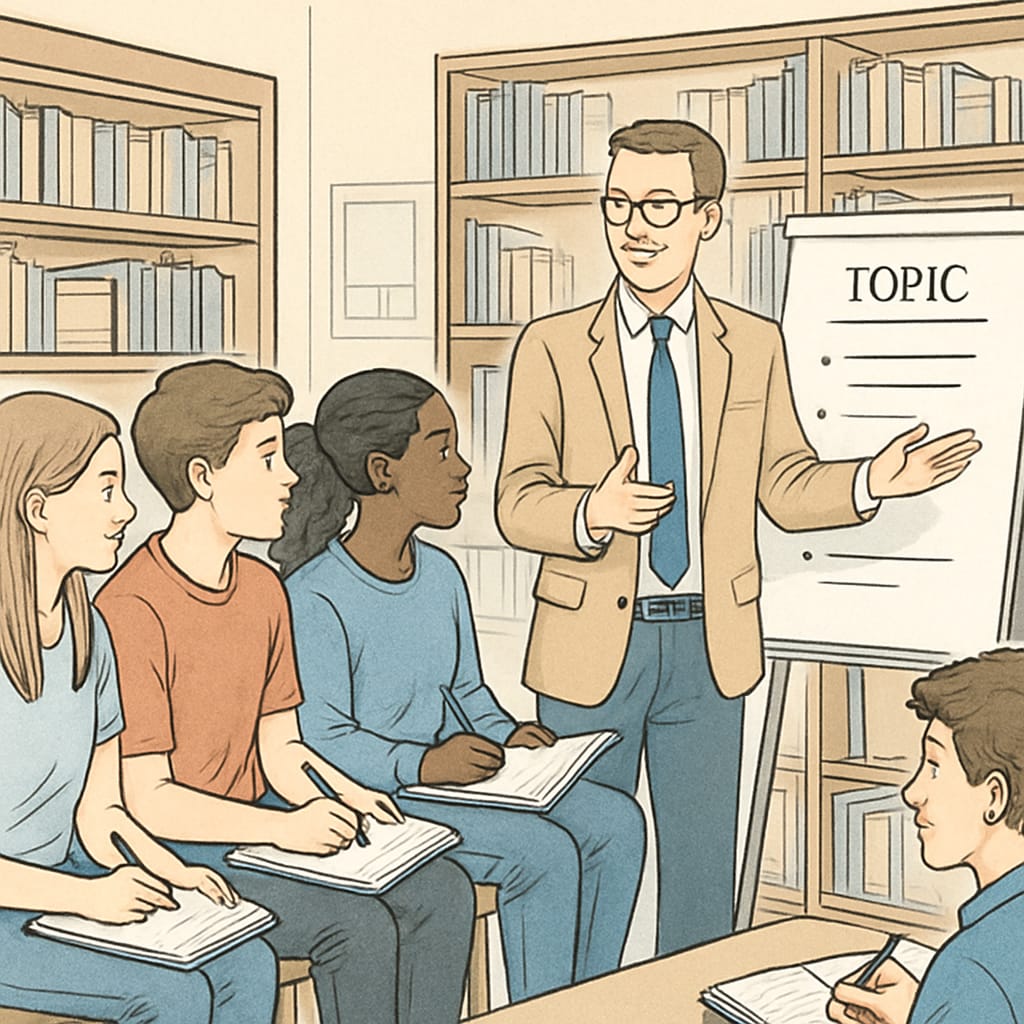For high school students, finding the right education courses, extracurricular learning opportunities, and resources can significantly enhance their academic journey. Beyond the classroom, exploring external resources can help students deepen their knowledge, prepare for exams, and develop new skills. This article will serve as a comprehensive guide, outlining various options such as online platforms, local educational institutions, and free or paid resources to help students make informed decisions about their educational path.
Online Platforms: Expanding Learning Horizons
One of the most accessible ways for high school students to supplement their education is through online platforms. These platforms offer a wide range of courses, covering everything from math and science to humanities and arts. Some of the most popular options include:
- Khan Academy: A free platform offering lessons in numerous subjects, complete with interactive exercises and video tutorials. Learn more on Khan Academy.
- Coursera: A platform where students can take university-level courses in various fields, some of which are free, while others require payment for certification. Explore Coursera programs.
- edX: Similar to Coursera, edX provides access to high-quality courses from top universities worldwide.
These platforms are especially helpful for students preparing for standardized tests like the SAT or ACT, as they often include specialized courses tailored to test preparation.

Local Educational Institutions: Community-Based Opportunities
In addition to online learning, high school students can explore local educational institutions, such as tutoring centers, libraries, and community colleges. These institutions often offer:
- After-School Tutoring: Many tutoring centers provide personalized help in core subjects such as math, science, and English.
- Workshops and Seminars: Libraries and community centers frequently host free or low-cost workshops on topics like creative writing, coding, or public speaking.
- Dual Enrollment Programs: Some community colleges allow high school students to enroll in college-level courses, which can earn them credits for both high school and college.
These local opportunities not only enhance academic skills but also allow students to engage with peers and mentors in their community.
Free vs. Paid Resources: Making the Right Choice
When choosing extracurricular learning resources, students should consider their budget and learning goals. Free resources are abundant and can be an excellent starting point, but paid options often provide additional benefits. For example:
- Free Resources: Websites like Khan Academy, YouTube educational channels, and public library databases.
- Paid Resources: Subscription-based platforms such as Skillshare or private tutoring services that offer tailored guidance.
It’s essential to evaluate the quality and relevance of the resource before committing to it. Free trials or sample courses can help in making a decision.

Tips for Selecting the Best Resources
To maximize the benefits of extracurricular learning, students should consider the following tips:
- Set Clear Goals: Determine whether you’re aiming to improve grades, learn a new skill, or prepare for college admissions.
- Assess Learning Style: Choose resources that match your preferred learning method, whether it’s video tutorials, hands-on workshops, or reading materials.
- Seek Recommendations: Consult teachers, peers, or online reviews to identify the most effective resources.
- Manage Time Wisely: Balance extracurricular learning with regular schoolwork to avoid burnout.
By following these guidelines, high school students can efficiently navigate the vast array of learning opportunities available to them.
In conclusion, exploring education courses, extracurricular learning opportunities, and resources beyond the classroom is a valuable investment in a high school student’s academic and personal growth. Whether through online platforms, local institutions, or a combination of both, students can tailor their learning experiences to meet their unique needs and aspirations. The key is to stay curious, proactive, and open to new possibilities.
Readability guidance: Use short paragraphs and bullet points to summarize key ideas; maintain a balance between concise and detailed information; incorporate transition words for smoother reading flow.


